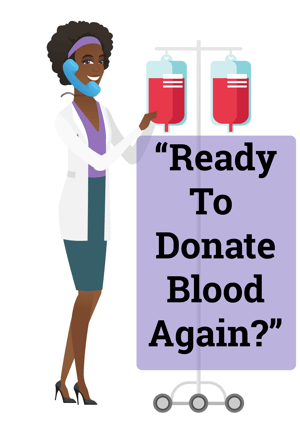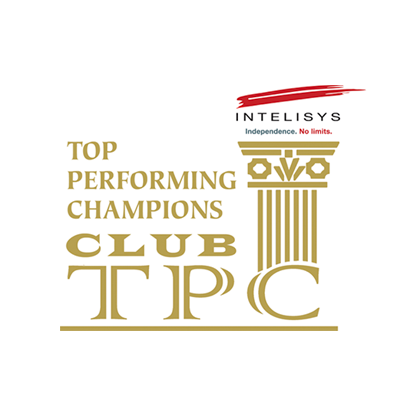
The phrase “Shaken, Not Stirred” was first heard from the late Sean Connery in 1962 in Dr. No as part of the James Bond series and has since made its way into numerous James Bond films. For the record, my favorite line is from Casino Royale where Daniel Craig responses to Shaken or Stirred with “Do I look like I give a damn?”
But for today I am not here to talk about Bond movies but, I am here to talk about STIR/SHAKEN. You might not know what it is, but I promise you have already seen some of the benefits of it.
Let me take a stab in the dark. Somewhere in your recent phone calls on your mobile device you have a caller listed as “Potential Spam”! Am I right? Well, this is STIR/SHAKEN doing what it is supposed to be doing behind the scenes.
By this point you are probably wondering if I am every going to tell you what STIR/SHAKEN is… Well, here you go. STIR/SHAKEN a set of protocols mandated by the FCC that large telecommunications companies must adhere to and required to implement by June 30th 2021, and many already have.
STIR – Secure Telephony Identity Revisited and SHAKEN - Signature-based Handling of Asserted information using toKEN s was put in place to mandate phone companies implement Caller ID authentication to combat Spoofed Robocalls. We can get into the weeds of how STIR/SHAKEN works but, in a nutshell, the originating telecom carrier must be able to attest that the calling number, in full or partially has been verified to belong to the company using it. As the call traverses the telecom world each carrier in line should positively identify the origin of the caller. Does this alone stop robocalls? Not necessarily. Even spammers can legitimately obtain local numbers and make calls that have a valid STIR Header. So why are calls being marked as spam?
But what if you are on the other end of this problem?

I am an infrequent blood donor with the American Red Cross and because I have donated with them in the past, I get numerous calls from them on a monthly, if not weekly basis. Unfortunately, even the American Red Cross is not impervious to having their numbers incorrectly marked as a robocall. So, what if your company is legitimately trying to reach your customers and you are running into this issue? What recourse do you have?
First and foremost, you need to ensure your numbers are whitelisted with the mobile carriers. AT&T, Verizon and T-Mobile all have websites where you can submit a form to ensure your numbers are whitelisted.
Here are links to the carriers forms that you can use to whitelist your number:
Secondly, carriers look at:
- How any calls were made within a certain time duration by a single number.
- How many of those calls were answered?
- What was the duration of the call?
- Did the caller leave a voicemail?
- Does the calling number also get and answer incoming calls?
 These are all things that should be taken into consideration if your organization is consistently making calls to your customers. Even something as simple as following up with an email that contains the same number you are calling from can help ensure your calls get answered. Have you ever received a call from someone on your cell phone and the caller ID said “Possibly” before the name of the caller? This is because almost all of us have email on our phones and cell phone software cross references emails, SMS and phone calls to correlate your contacts.
These are all things that should be taken into consideration if your organization is consistently making calls to your customers. Even something as simple as following up with an email that contains the same number you are calling from can help ensure your calls get answered. Have you ever received a call from someone on your cell phone and the caller ID said “Possibly” before the name of the caller? This is because almost all of us have email on our phones and cell phone software cross references emails, SMS and phone calls to correlate your contacts.
Regardless of whether you are the one making the calls or are on the receiving end you should appreciate the benefits of STIR/SHAKEN. As a person that receives robocalls this is a benefit to us all and as a business this should be seen as a way to weed out all of the spammers that are making it harder for you to legitimately do your job.
If you are the latter of the two and find yourself constantly dealing with the struggles of getting through to your customers and would like to chat please reach out.


